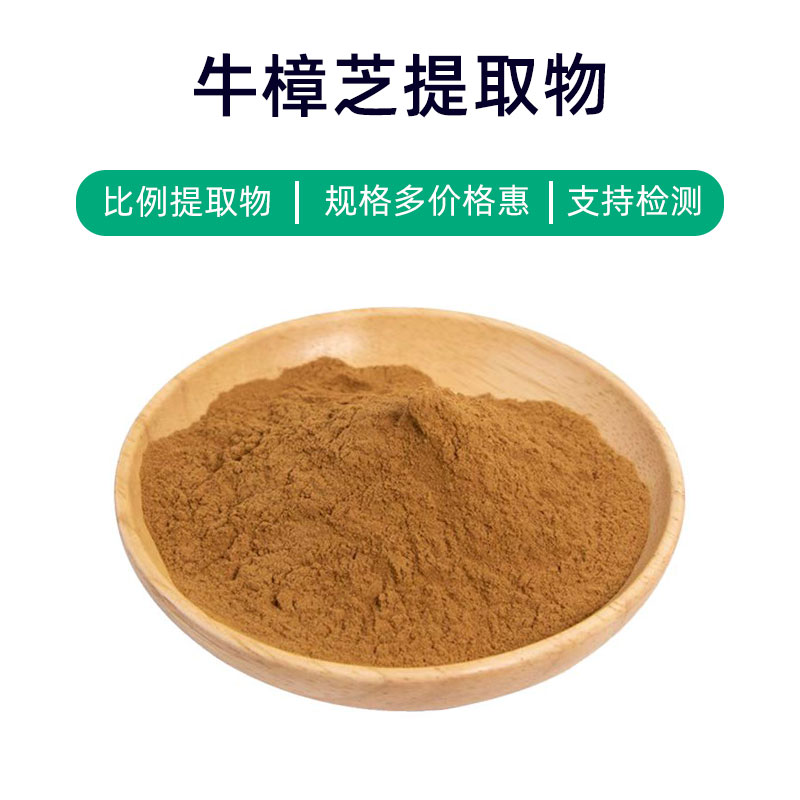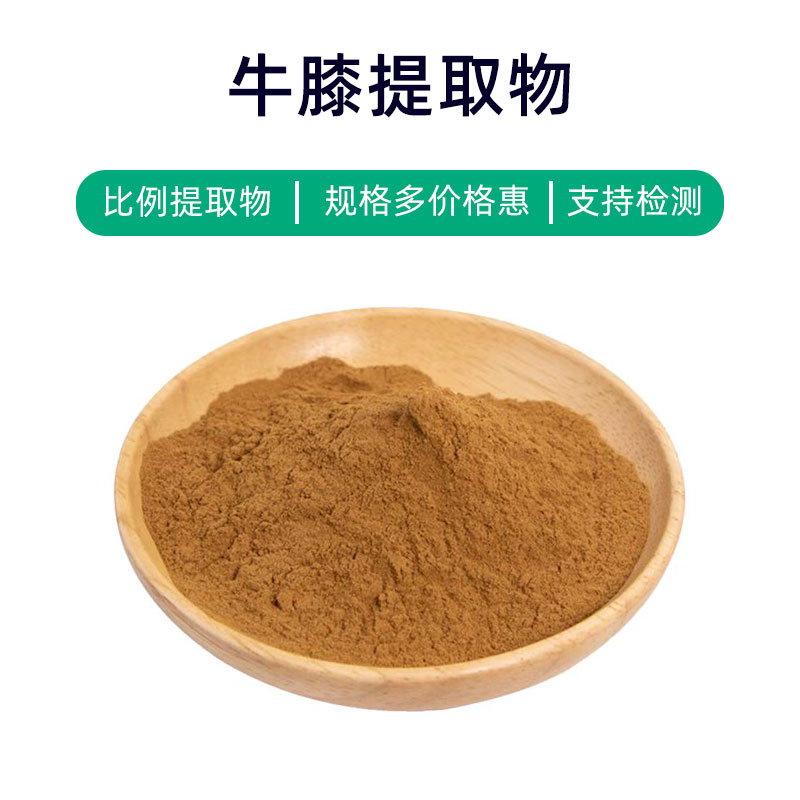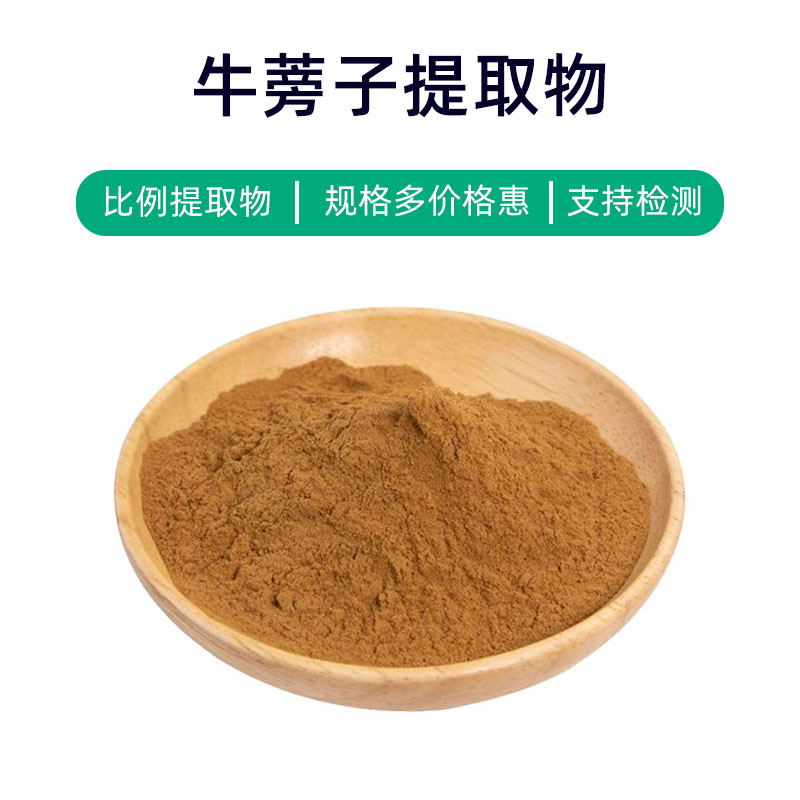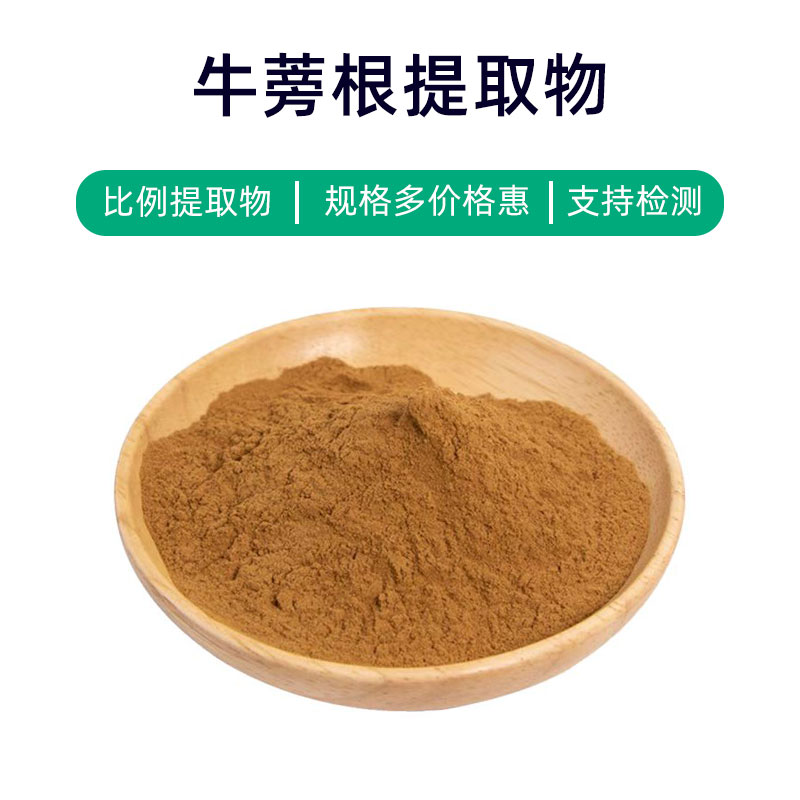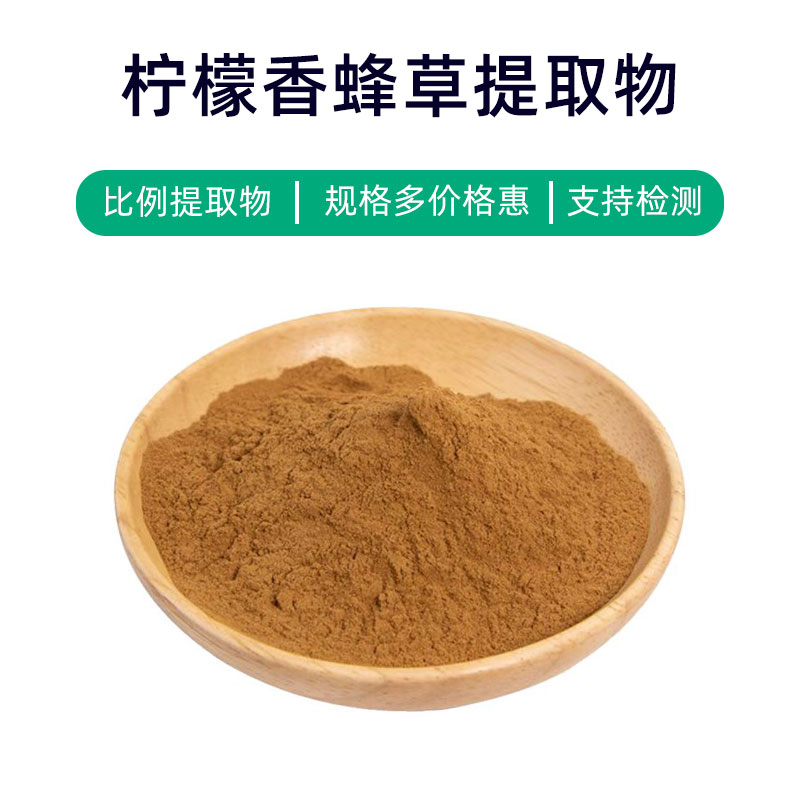Maca - Purple Maca Extract Product Description
Maca - Purple Maca Extract is a powdered product derived from the roots of the maca plant. Its main components include flavonoids, polysaccharides, and various bioactive substances, which are believed to offer multiple health benefits. Firstly, purple maca extract is widely used to enhance the body's immune function, helping to improve resistance and prevent diseases. Secondly, it is thought to have a positive effect on sexual function and can be used as a male enhancement supplement. Additionally, purple maca extract is utilized to improve physical strength and endurance, enhancing athletic performance. In the realm of food additives, it is commonly used as a natural nutritional supplement, enriching various health food products with nutrients. Overall, purple maca extract is a multifunctional natural plant extract with a broad range of applications in health supplements, pharmaceuticals, and food additives.
Maca - Purple Maca Extract Production Process
The production process of Maca - Purple Maca Extract typically involves the following main steps:
- Raw Material Preparation: Select fresh maca plants, harvest and clean the roots, removing dirt and impurities to ensure the purity and quality of the raw materials.
- Crushing and Grinding: The cleaned maca roots are crushed and ground to increase their surface area, aiding the extraction process.
- Extraction Process: Appropriate solvents, such as ethanol, water, or other organic solvents, are used to extract the active components from the maca roots. Extraction methods may include soaking or ultrasonic-assisted extraction to enhance efficiency.
- Filtration and Concentration: The extract is filtered to remove solid particles and impurities, followed by concentration to obtain a high-concentration extract.
- Drying and Milling: The concentrated extract is dried to remove moisture, then milled to obtain the powdered purple maca extract.
- Packaging and Storage: Finally, the extract is packaged using airtight packaging to prevent moisture and oxidation. It should be stored in a cool, dry place, avoiding direct sunlight and high temperatures to maintain stability and the integrity of active components.
The entire production process requires strict control over the production environment and parameters to ensure the product's quality and safety.
Maca - Purple Maca Extract Effects and Side Effects
As a plant extract, Maca - Purple Maca Extract is widely regarded for its various effects and benefits, mainly including:
- Enhancement of Libido and Sexual Function: Purple maca has traditionally been used as a natural aphrodisiac, purportedly enhancing libido, improving sexual function, and boosting the quality of intimate relationships, attributed to its bioactive components like alkaloids and plant estrogens.
- Increase in Stamina and Endurance: Purple maca is believed to enhance physical stamina and endurance, aiding in alleviating fatigue and improving physical performance, potentially due to its rich nutrient and bioactive content.
- Regulation of the Endocrine System: Purple maca is thought to have a regulatory effect on the endocrine system, balancing estrogen and testosterone levels, which may help with issues such as menstrual irregularities in women, menopausal symptoms, and prostate problems in men.
- Boosting Immunity: Rich in vitamins, minerals, and antioxidants, purple maca has nutritional value that may help boost immunity, enhancing the body's resistance to colds and other illnesses.
- Improvement of Mental Health: Some studies have suggested that purple maca may positively affect mental health, alleviating symptoms of anxiety and depression, improving sleep quality, and enhancing overall psychological well-being.
While purple maca is generally considered a relatively safe natural plant extract, attention should still be given to the following points:
- Individual Differences: Responses to purple maca can vary among individuals; some may experience mild adverse effects such as dizziness, nausea, or diarrhea, so it's advisable to carefully monitor reactions during initial use.
- Dosage Control: Pay attention to dosage when using purple maca to avoid excessive intake. It is recommended to follow product guidelines or consult a doctor.
- Pregnancy and Lactation: Pregnant and breastfeeding women should use purple maca cautiously, as it contains bioactive substances that may affect the fetus or infant. It should be used under medical guidance.
- Drug Interactions: Be aware of possible interactions with other medications, such as antihypertensives or anticoagulants, and consult a doctor to avoid concurrent use if necessary.
In summary, when used appropriately, purple maca may offer certain health benefits, but caution is advised to avoid potential side effects.
Maca - Purple Maca Extract Applications and Dosage
Maca - Purple Maca Extract has wide-ranging applications in the fields of medicine, food, and cosmetics, with dosages varying based on use case.
- Medical Applications:
- Men's Health: Purple maca extract is utilized as a natural supplement for male sexual dysfunctions such as erectile dysfunction and premature ejaculation. The recommended oral dosage typically ranges from 1 to 3 grams per day, adjustable based on individual needs and physician advice.
- Women's Health: Purple maca is also thought to help with menstrual regulation and menopausal symptoms, with similar usage to that in men. Oral administration is advised, with dosages varying by individual; consulting a doctor is recommended.
- Food Applications:
- Nutritional Supplements: Purple maca extract is used as a food additive in various health foods and nutritional supplements. It comes in various forms, including capsules, tablets, and powders, with dosages generally determined by product guidelines or medical advice.
- Cosmetic Applications:
- Men's Skincare Products: Purple maca extract is added to men's skincare products, reputed to enhance skin smoothness and elasticity, improving skin texture. Dosage should follow product formulations and instructions.
Overall, purple maca extract shows promising applications in medicine, food, and cosmetics. When using, it is important to adhere to product instructions or medical advice, managing doses responsibly to avoid overuse. For specific conditions or uses, consulting a healthcare professional is advisable.
Maca - Purple Maca Extract Origin, Distribution, and Growth Environment
Maca (scientific name: Lepidium meyenii), also known as Peruvian ginseng or Andes ginseng, is a cruciferous plant native to the high-altitude regions of the Andes mountains in South America. Purple maca is a variant of maca, sharing similar plant origins, distribution, and growth environments but is characterized by its purple roots. Below is a detailed introduction to the source plant of purple maca, its distribution, and growth environment.
- Source Plant:
- Purple maca is a variant of maca (Lepidium meyenii), classified as a perennial herbaceous plant within the cruciferous family.
- The root of purple maca is its main medicinal part, featuring purple stems rich in various active components like flavonoids, polysaccharides, and proteins.
- Distribution:
- Purple maca predominantly grows in the high-altitude regions of the Andes mountains in Peru and Bolivia, typically at elevations of 3,000 to 4,500 meters.
- The Andes feature high terrain with a cool climate, significant temperature variations between day and night, and fertile soil, providing suitable conditions for purple maca growth.
- Growth Environment:
- Purple maca thrives in high-altitude areas (3,000 to 4,500 meters) exhibiting unique climatic conditions characterized by low temperatures, sparse oxygen, and strong UV radiation.
- The soil where purple maca grows is often rich in organic matter and well-drained, promoting root development.
- Due to its high-altitude growing location, the low temperatures, ample sunlight, and complex terrain with strong winds collectively influence purple maca's growth.
In summary, purple maca is an herbaceous plant found in the high-altitude regions of the South American Andes, characterized by its purple roots and rich active compounds, providing significant medicinal and health value. Its primary distribution is in the high-altitude areas of Peru and Bolivia, where it faces harsh environmental conditions, yet these unique geographical and climatic factors contribute to its distinct medicinal properties.
Maca - Purple Maca Extract Processing and Storage
The processing and storage of Maca - Purple Maca Extract require stringent controls to ensure the stability and effectiveness of its medicinal components. The typical processing steps include:
- Harvesting and Cleaning: Mature purple maca roots are harvested and thoroughly cleaned to remove dirt and impurities.
- Cutting and Drying: The cleaned roots are cut into appropriate size pieces and then dried. Drying aims to remove moisture, preventing mold and bacterial growth.
- Crushing and Extraction: After drying, the purple maca roots are crushed, and appropriate solvents are used to extract the target components, resulting in purple maca extract.
- Concentration and Filtration: The obtained solution is concentrated to remove excess solvent, followed by filtration to eliminate impurities.
- Drying and Packaging: Finally, the concentrated purple maca extract is dried to reduce moisture content and then packaged to prevent moisture, oxidation, and contamination.
In terms of storage, purple maca extract should be kept in a dry, cool, and well-ventilated area, away from direct sunlight and high temperatures. It should remain sealed to prevent exposure to moisture and oxygen, prolonging its shelf life. Regular checks on the product's appearance and odor are advised to ensure quality and safety.
Monica Sun is a seasoned expert in the plant extraction industry with over a decade of experience in research and production. She specializes in the extraction and purification of plant active ingredients, focusing on driving innovation in natural product applications. Monica has participated in the development of multiple functional plant extracts, delivering high-value natural raw material solutions for the health food, pharmaceutical, and dietary supplement sectors.









